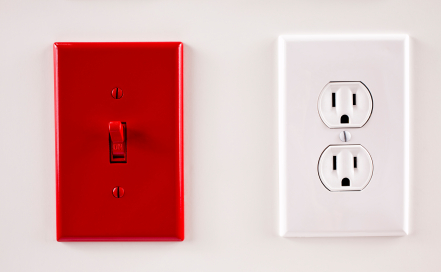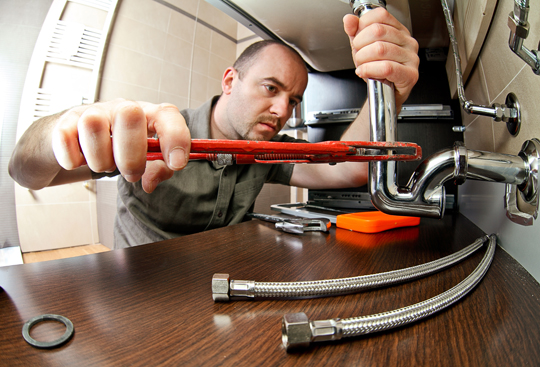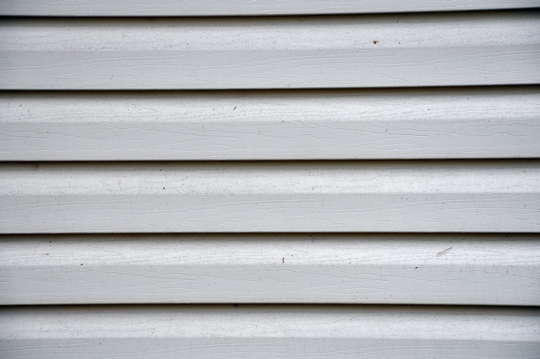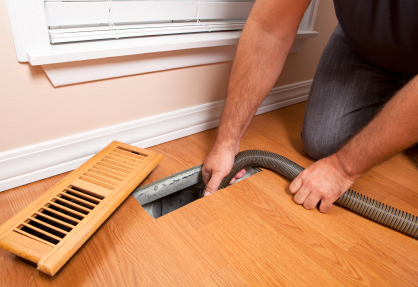You might want to locate the electrical wiring in the walls of your house for various reasons. These include identifying electrical short circuits, repairing the wiring, planning home improvement projects, and increasing the safety of your home. It also allows you to avoid overloading your electrical system by connecting too many appliances to the same outlet.
To trace the electrical wiring, you need something that doesn’t involve tearing down your walls. Hitting an electrical wire while demolishing a wall can be extremely dangerous, and you want to avoid that. If you have an electrical blueprint of your home, things are simple, but if you don’t, what’s to be done?
What to Do to Locate Electrical Wiring in Walls
First, check the outlets and see where the wire comes from and what it connects to. Do the same for wired appliances. Then, try to understand the link between circuit breakers and the electrical wiring in your house.
Use Special Tools to Locate Wiring in Walls
You can also use several tools to locate the electrical wiring in the walls of your house.
– Stud Finder: this tool uses a magnet to trace the nails and the wires in the wall frame.
– Voltage Detector: this allows you to locate the wiring in the wall and tells you whether it’s still functional or not. In case you need repairs, this tool is very helpful, as it tells you exactly what’s wrong.
– Wire Tracers: these are specially designed to locate the electrical wiring in walls or even underground.
Professionals Help
However, some of these tools may be expensive, and you may not want to invest in them. If you need help locating electrical wiring in walls because something’s not working, it might be better to get help from a professional. Seva Call can put you in touch with experienced electricians in your area in minutes.














